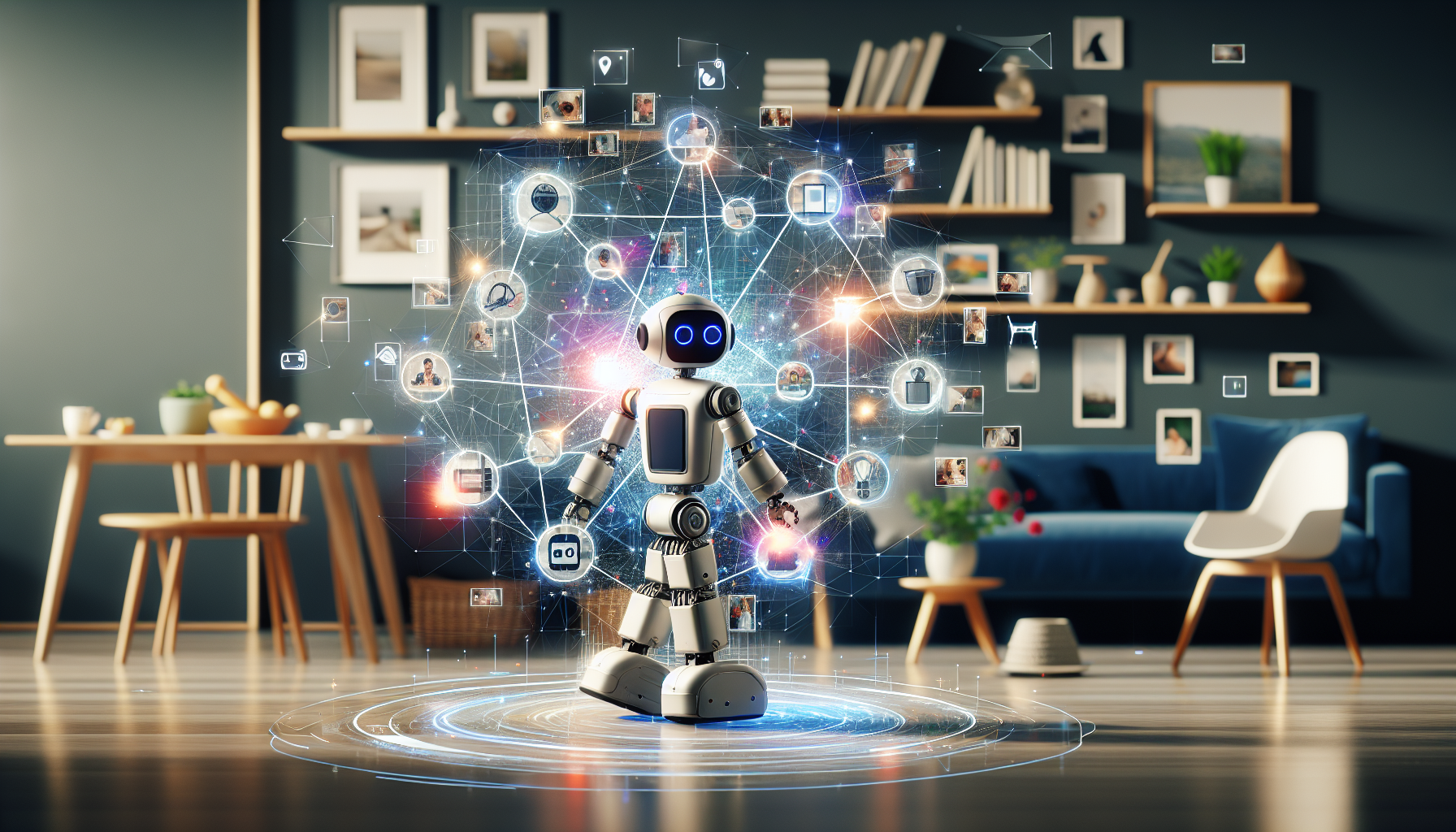In a groundbreaking leap for robotics, researchers at the University of Washington have introduced two remarkable AI systems, RialTo and URDFormer. These systems use photos and videos to create virtual training environments for robots. Their goal is to tackle the tough challenges faced when training robots in homes, which tend to be unpredictable and complex.
Understanding the Training Challenge
Training robots to work effectively in real-life settings, especially in our homes, has been a difficult task. Unlike factories, where work is repetitive and straightforward, homes are filled with different objects and tasks. This variety makes it hard for robots to learn how to do their jobs. Additionally, there has been a lack of robot-specific data, and setting up traditional training can be costly and time-consuming.
Introducing RialTo: Creating Digital Twins
RialTo is designed to create precise “digital twins” of real spaces. Users can simply scan their environment with a smartphone, capturing its shape and characteristics. For instance, in a kitchen, the user would open cabinets and appliances, allowing RialTo to record these interactions in detail. Using existing AI models and some user guidance, RialTo then builds a virtual version of that space.
The magic happens when a virtual robot trains in this simulated environment using reinforcement learning. It practices tasks like opening the toaster oven until it gets it right. This way, the robot not only gets better in the simulation but can also apply what it has learned in the real world. This method ensures that robots can carry out tasks with a high level of safety and precision, preventing accidents or damage.
URDFormer: Quick and Cost-Effective Simulations
URDFormer works differently. It creates a large number of general simulation environments quickly and at a low cost. By using images from the internet, URDFormer can pair them with existing models that predict how objects move. For example, it can determine how kitchen drawers and cabinets operate using initial real-world images. Although URDFormer’s simulations are not as accurate as RialTo’s, they allow for fast and cost-efficient training for a variety of environments.
Benefits for the Future
Both RialTo and URDFormer have the potential to make robot technology more accessible for everyday people wanting to train robots in their homes. Here are some of the exciting benefits:
- Cost-Effective: These systems significantly lower training costs by using photos and videos, unlike traditional methods which require extensive data collection.
- Adaptable: They enable robots to learn in homes, where tasks and layouts change frequently.
- Safety: Training robots in a simulation first helps ensure they can perform tasks safely in real life.
- Scalability: URDFormer can quickly generate multiple simulations, making it easier to train robots for various environments.
A Wider Context: The Future of Robot Learning
The development of RialTo and URDFormer reflects a growing trend that uses visual and sensory data to improve robot learning. Recent research includes:
- Egocentric Video Learning: Researchers are now using first-person videos to teach robots daily tasks. Datasets like Ego4D, filled with wearable camera footage, are crucial in creating versatile visual models for robots.
- Audio-Based Learning: There’s an increasing focus on audio data for robot training, especially when visibility is limited. For instance, researchers at Stanford University are developing systems that enable robots to understand and react based on sound such as detecting dice in a cup.
Conclusion
The arrival of RialTo and URDFormer is a pivotal moment in robotics, providing innovative methods for training robots with photos and videos. These systems can make robot technology accessible and effective for everyday use, leading to broader adoption in various settings. As research advances, we can look forward to even more creative solutions that enhance how robots learn and perform their tasks.

Leave a Reply